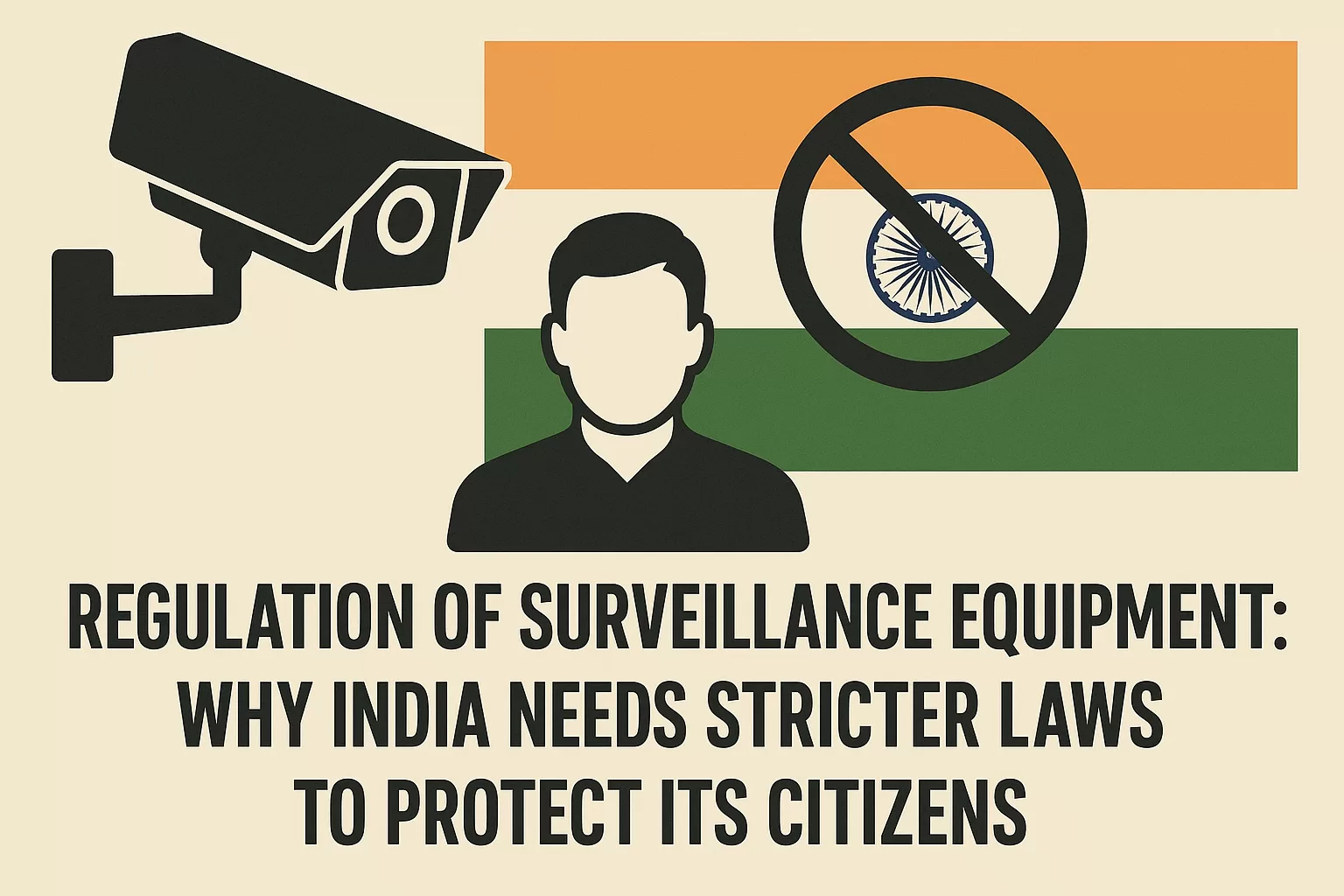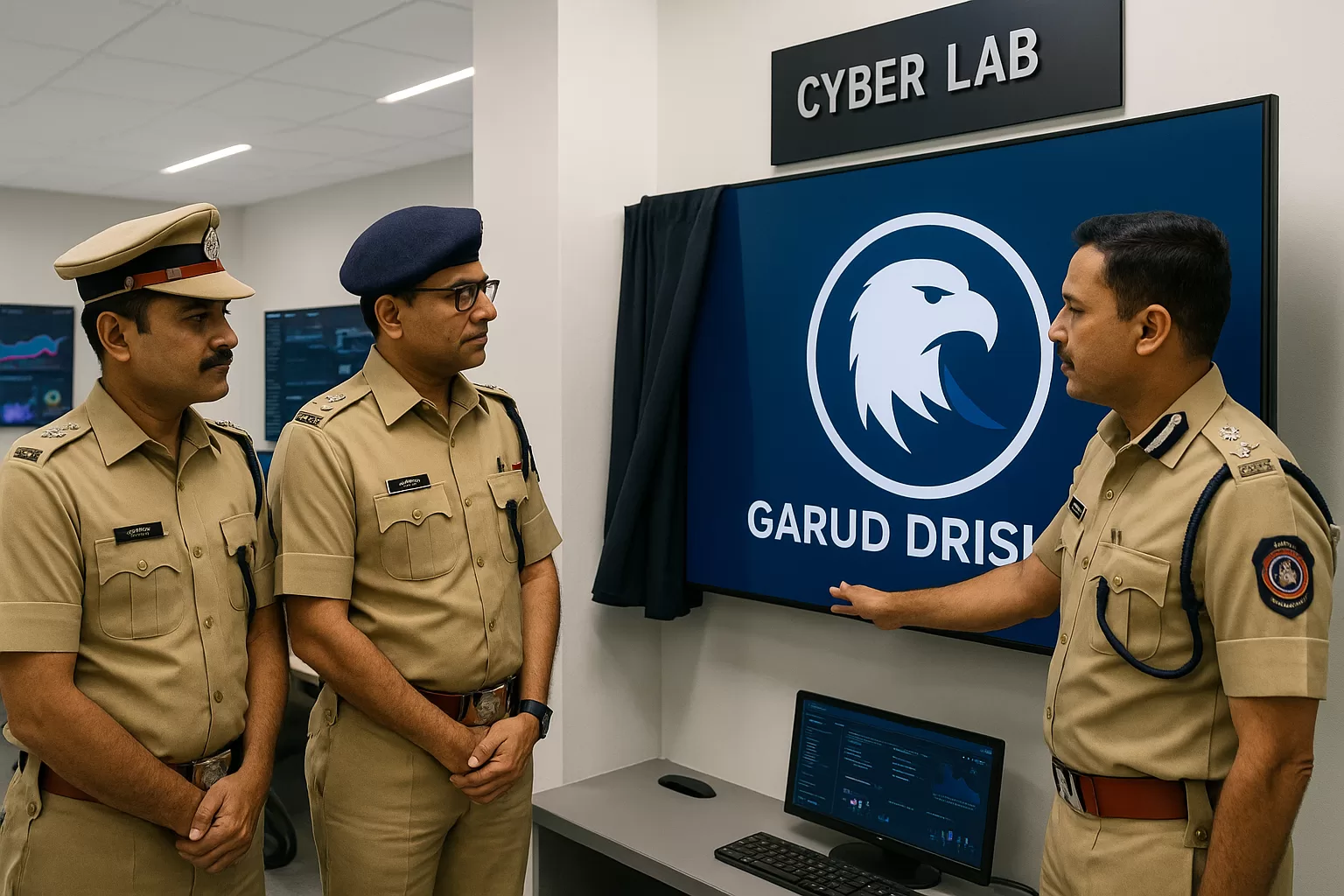
Cybercrime is no longer just a distant threat—it’s happening all around us. In recent weeks, India has witnessed a sharp spike in cyber fraud cases, affecting everyone from students to corporate employees. These incidents highlight how easily scammers can trick people using social media, messaging apps, and fake identities.
Let’s take a look at some real and alarming cases and learn what we can do to protect ourselves.
1. ₹6.5 Crore Corporate Fraud in Gurgaon
In a shocking case, scammers pretended to be the owner of a company and sent WhatsApp messages to an employee, instructing them to transfer money. Over ten days, the employee unknowingly transferred ₹6.5 crore to the fraudsters. Fortunately, nine suspects have been arrested, but the case is still under investigation.
What went wrong?
- The employee trusted WhatsApp messages without verifying the sender.
- There was no internal verification protocol for financial transactions.
2. Lucknow University Student Duped of ₹90,000
A university student received a call from someone pretending to be the District Magistrate. The fraudster claimed there was a legal issue and convinced her to transfer ₹90,000. Luckily, she reported the matter quickly and managed to recover ₹41,000.
What went wrong?
- The student was pressured by an authoritative voice.
- She acted under stress without verifying the identity of the caller.
3. Fake Profiles of Government Officials
Cybercriminals created fake social media profiles of Hazaribag’s Deputy Commissioner. They then used these profiles to contact people and ask for money, posing as urgent requests from the official.
What went wrong?
- People assumed social media profiles were authentic.
- They trusted messages from what looked like credible authorities.
4. 30% Rise in Cyberattacks in India
According to recent cybersecurity reports, India has seen a 30% year-over-year increase in cyberattacks. Sectors like healthcare, finance, and manufacturing are particularly targeted. The threats range from ransomware and phishing to identity theft and fraud.
How You Can Stay Safe: Practical Tips for Everyone
Here are simple steps you can follow to reduce the risk of falling victim to cybercrime:
✅ Verify Before You Trust
- Always confirm the identity of the person contacting you, especially if they ask for money or sensitive information.
- Call the known number of the person or organisation to verify the request.
✅ Never Share OTPs or Passwords
- No genuine organisation will ask for your OTP or banking password.
✅ Think Before You Click
- Avoid clicking on links or downloading files from unknown sources.
✅ Enable Two-Factor Authentication
- Add an extra layer of security to your accounts by enabling 2FA.
✅ Use Strong, Unique Passwords
- Avoid using the same password across platforms. Use a password manager if needed.
✅ Report Immediately
- If you think you’ve been scammed, act fast. Contact your bank and report to the cybercrime portal: https://cybercrime.gov.in
Final Thoughts
Cybercriminals are getting smarter, but so can we. Awareness and quick action are your best defence. Whether you’re a student, employee, or business owner, staying cautious online is not just an option—it’s a necessity.
Stay alert, stay safe.






